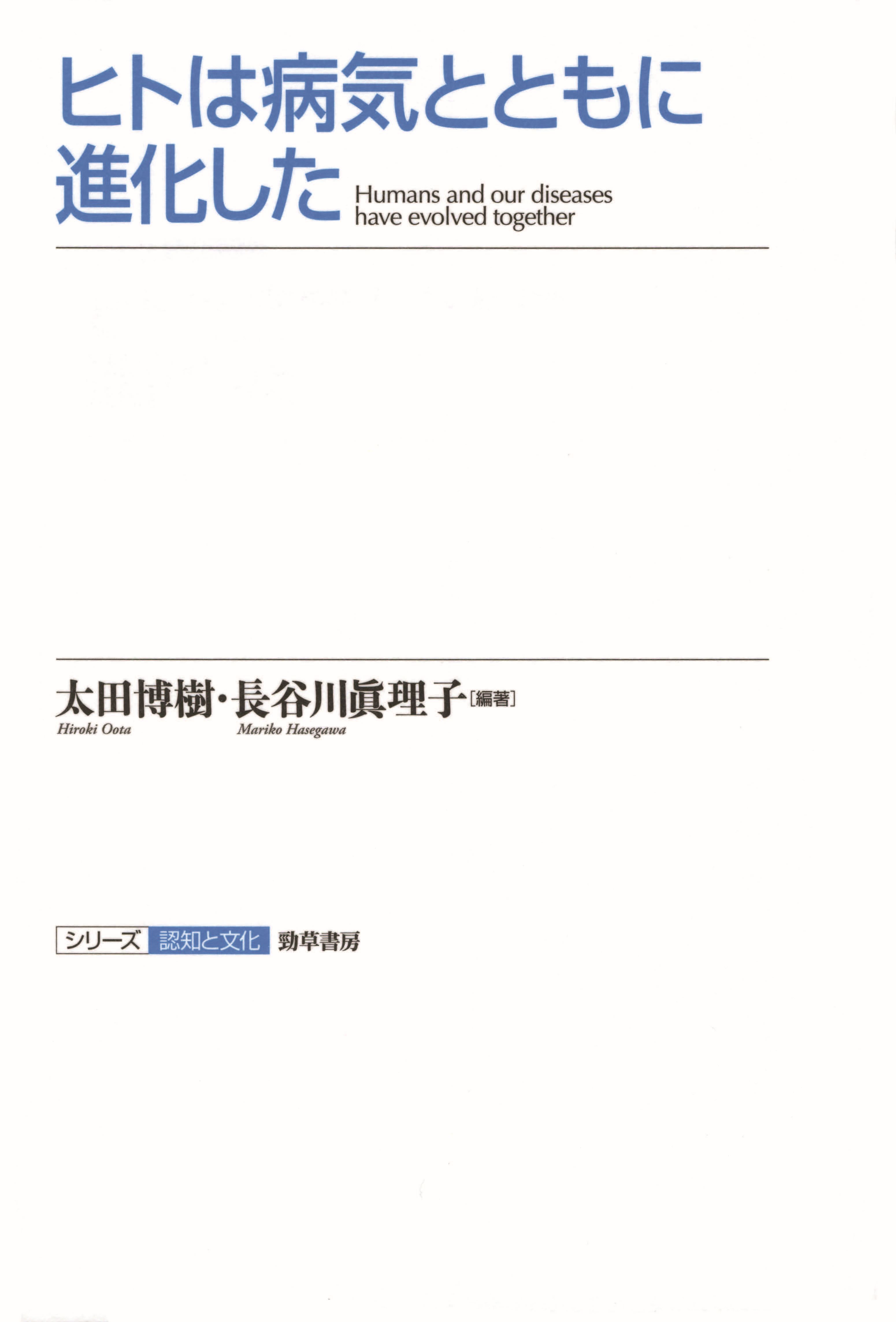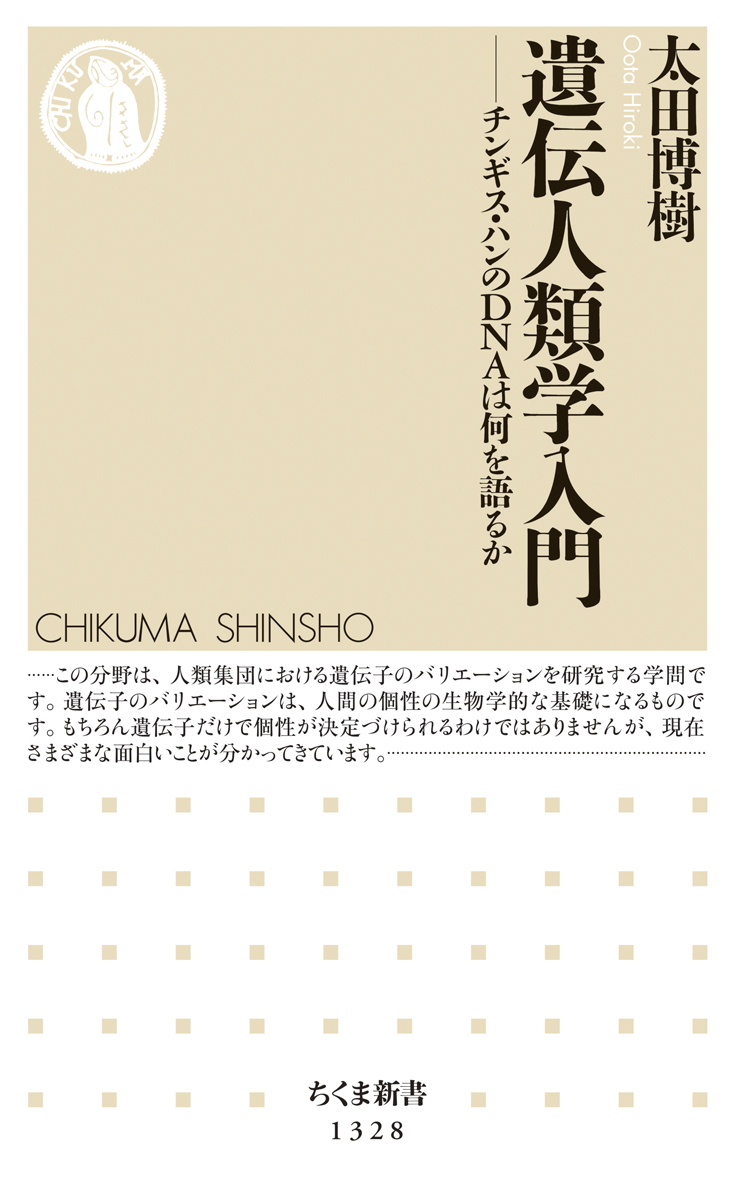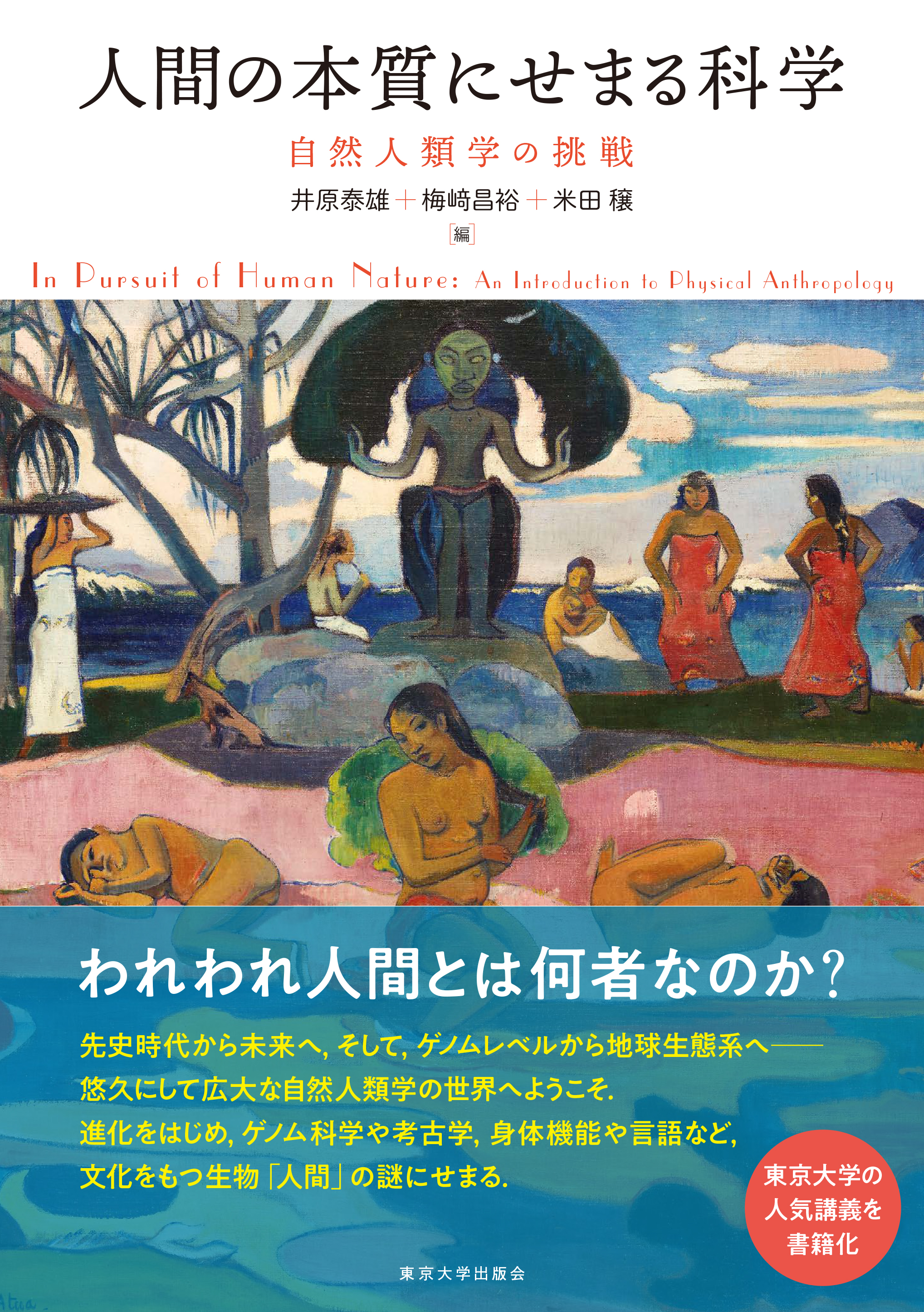
Title
Kodansha Gendai Shinsho Seibutsu wa Naze Shinunoka (Why Do Living Creatures Die?)
Size
224 pages, paperback pocket edition
Language
Japanese
Released
April 14, 2021
ISBN
978-4-06-523217-0
Published by
Kodansha
Book Info
See Book Availability at Library
Japanese Page
Earth has about two million species of creatures that have been named and an estimated eight million if others that have not yet been discovered are included. Naturally, I do not know how all of these creatures live their lives, but I can definitely say one thing: all of these creatures certainly die. Small creatures may be eaten by other creatures, for instance, and large creatures may age over their lifespans and then die. Lifespans vary widely from several days to several centuries, but, ultimately, creatures always die. The reason that I can definitely state that all creatures will die without even knowing about every single creature is that this is the natural conclusion when we consider that evolution created living creatures.
Evolution is a program that repeats a cycle of “change and selection.” “Change” means creating diverse individuals; the specialized term is “mutation.” “Selection” means coincidentally surviving in an environment; the specialized term is “adaptation.” If we look at it from another angle, “selection” also means that those that were not selected (could not adapt) and died. In other words, if they did not die, evolution would not move forward.
It is thought that before the birth of life 3.8 billion years ago, “species” of living creatures were digital information encoded in a substance called RNA. RNA is a string-like molecule that links many of four blocks: G, A, C, and U. RNA is capable of editing its own configuration and length through chemical reactions (self-editing) and also of copying itself to make more molecules with the same configuration (self-replication). It is also fragile and is constantly cycling through “building and breaking down.” This molecule executed the “program of evolution.” That is, a diverse range of RNA molecules form (change), and the more easily duplicatable RNA molecules are selected and increase (selection), while the majority of molecules that were not selected are dismantled to become materials (death). In other words, as a result of repeating a cycle of constant change, with those suited to the environment surviving and the remainder being dismantled, RNA became a genetic substance, then DNA joined, and finally reached the stage of living creatures as they presently exist. This is what is meant by “evolution created living creatures.” Moreover, such evolution requires death. In other words, only those that had the quality of dying were able to evolve. The question is not why living creatures die—as the result of death, the living creatures could evolve and exist today. Death is the end for the individual, but the beginning for evolution, as well as its driving force.
This book also introduces such topics as the mechanisms of death and aging in various living creatures and the latest technologies to suppress aging.
*Awarded 2nd place in the 2022 Chuo Koron Prize for New Books
(Written by KOBAYASHI Takehiko, Professor, Institute for Quantitative Biosciences / 2023)
Related Info
2nd place in Shinsho Award 2022 (CHUOKORON-SHINSHA)
https://chuokoron.jp/shinsho_award/archive/2022.html
Related Article:
“What determines our lifespan?” (Tansei No.37 Mar. 25 2020)
https://www.u-tokyo.ac.jp/focus/en/features/z1304_00051.html



 Find a book
Find a book




